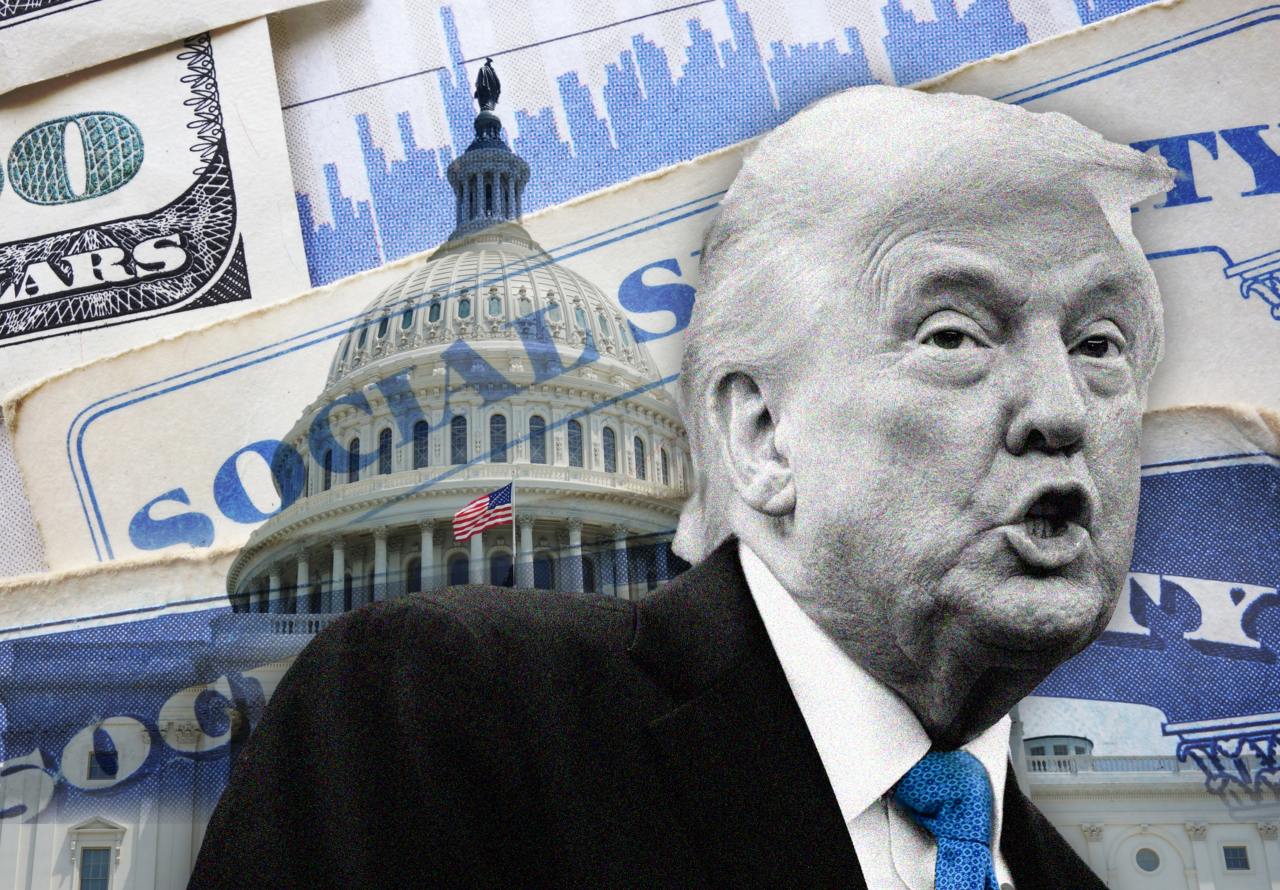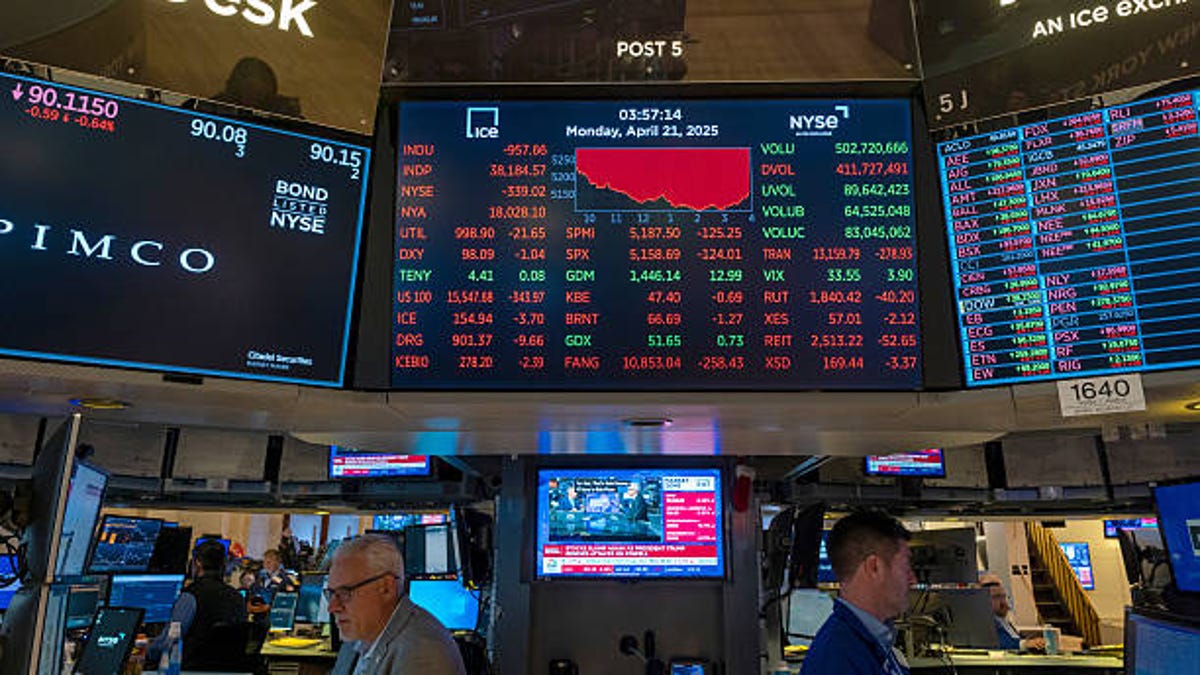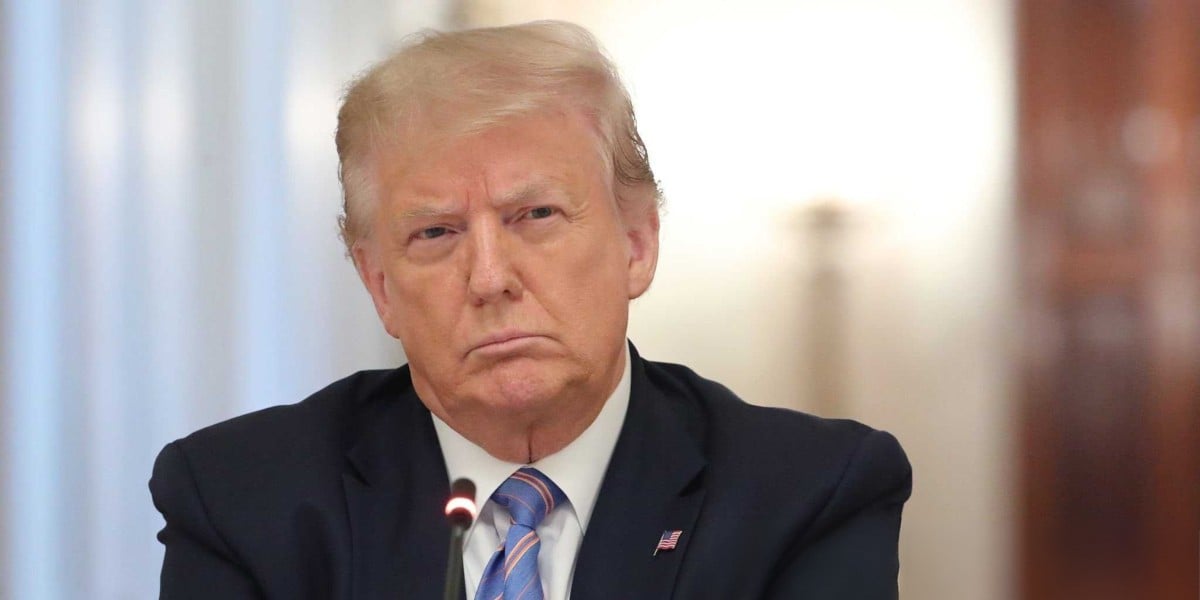Bitcoin price cools off amid worrying macroeconomic data — Will $95K hold this week?
Key Takeaways:Bitcoin price dropped alongside falling Treasury yields, signaling investors’ flight to safer assets.Strategy’s $4.28B Bitcoin purchases and stock market strength have supported BTC above $90,000.A true breakout toward $100,000 will require Bitcoin to decouple from equities and stronger liquidity signals.Bitcoin (BTC) experienced a sharp $2,000 correction to $93,500 on April 28. This price movement closely tracked the decline in US Treasury yields, suggesting that traders were seeking the relative safety of more secure assets.While Bitcoin traders are moderately satisfied with the 6% gains achieved over the past week, there is ongoing uncertainty as to why BTC has been unable to maintain levels above $95,000.US 5-year Treasury yield (left) vs Bitcoin/USD, 15 min. Source: TradingView / CointelegraphThe abrupt correction in Bitcoin’s price after reaching $95,500 mirrored the intraday performance of US Treasury yields. A decrease in yields indicates that investors are willing to accept lower returns for holding bonds, which signals increased demand for safer investments. This pattern suggests a sudden decline in risk appetite across major financial markets.China’s tariff cuts fueled optimism, but US trade concerns reversed sentimentInvestors’ optimism increased over the weekend as news that China had quietly reduced tariffs to zero on selected US semiconductor and circuit board imports was reported by Newsweek on April 25. Notably, the US Russell 2000 small-cap index maintained positive momentum on April 28, remaining near its highest level in over three weeks. However, this sentiment reversed following an interview with US Treasury Secretary Scott Bessent on CNBC, in which he placed the responsibility for a trade agreement on China.US Russell 2000 futures (left) vs. Bitcoin/USD, 1h. Source: TradingView / CointelegraphAlthough recession risks have increased amid escalating trade tensions, many US companies are currently reporting strong first-quarter results. According to a FactSet report, 73% of these companies have posted earnings that exceeded analysts’ expectations.Bitcoin’s repeated failure to sustain levels above $95,000 appears to be linked to broader macroeconomic concerns. Additionally, the cryptocurrency’s inability to decouple from stock market trends indicates that investors are not yet convinced of Bitcoin’s effectiveness as a hedge during potential economic downturns.There are also concerns that much of the recent bullish momentum, which has kept Bitcoin’s price above $90,000, has been driven by $4.28 billion in BTC acquisitions by Strategy since mid-March. Furthermore, 97% of the previously approved common share issuance has already been utilized, raising questions about the long-term sustainability of Michael Saylor’s accumulation strategy.Bitcoin struggles as strong stock earnings contrast with macroeconomic concernsWhile the stock market is benefiting from a robust earnings season, Bitcoin’s price is being weighed down by perceptions of deteriorating macroeconomic conditions.US existing home sales in March recorded their largest monthly decline in over two years, falling 5.9% compared to the previous month. Meanwhile, China has outlined plans to support employment and assist exporters after factories reduced production due to weak consumer demand, according to CNBC.Related: Crypto ETPs hit 3rd-largest inflows on record at $3.4B — CoinSharesGiven the current global economic uncertainty, a sustained rally in BTC above $100,000 will require more than a single week of strong inflows into spot Bitcoin exchange-traded funds (ETFs), particularly as this coincides with significant buying activity from Strategy.For investors to have confidence in a new Bitcoin all-time high in 2025, the cryptocurrency must demonstrate a clearer divergence from US stock market trends and provide further evidence that central banks will inject liquidity to prevent a crisis. At present, traders are focused on the trajectory of US interest rates and the possibility of a reversal in the Federal Reserve’s balance sheet, which could end a period of monetary tightening that has lasted for more than two years.This article is for general information purposes and is not intended to be and should not be taken as legal or investment advice. The views, thoughts, and opinions expressed here are the author’s alone and do not necessarily reflect or represent the views and opinions of Cointelegraph.



Key Takeaways:
Bitcoin price dropped alongside falling Treasury yields, signaling investors’ flight to safer assets.
Strategy’s $4.28B Bitcoin purchases and stock market strength have supported BTC above $90,000.
A true breakout toward $100,000 will require Bitcoin to decouple from equities and stronger liquidity signals.
Bitcoin (BTC) experienced a sharp $2,000 correction to $93,500 on April 28. This price movement closely tracked the decline in US Treasury yields, suggesting that traders were seeking the relative safety of more secure assets.
While Bitcoin traders are moderately satisfied with the 6% gains achieved over the past week, there is ongoing uncertainty as to why BTC has been unable to maintain levels above $95,000.
The abrupt correction in Bitcoin’s price after reaching $95,500 mirrored the intraday performance of US Treasury yields. A decrease in yields indicates that investors are willing to accept lower returns for holding bonds, which signals increased demand for safer investments. This pattern suggests a sudden decline in risk appetite across major financial markets.
China’s tariff cuts fueled optimism, but US trade concerns reversed sentiment
Investors’ optimism increased over the weekend as news that China had quietly reduced tariffs to zero on selected US semiconductor and circuit board imports was reported by Newsweek on April 25. Notably, the US Russell 2000 small-cap index maintained positive momentum on April 28, remaining near its highest level in over three weeks.
However, this sentiment reversed following an interview with US Treasury Secretary Scott Bessent on CNBC, in which he placed the responsibility for a trade agreement on China.
Although recession risks have increased amid escalating trade tensions, many US companies are currently reporting strong first-quarter results. According to a FactSet report, 73% of these companies have posted earnings that exceeded analysts’ expectations.
Bitcoin’s repeated failure to sustain levels above $95,000 appears to be linked to broader macroeconomic concerns. Additionally, the cryptocurrency’s inability to decouple from stock market trends indicates that investors are not yet convinced of Bitcoin’s effectiveness as a hedge during potential economic downturns.
There are also concerns that much of the recent bullish momentum, which has kept Bitcoin’s price above $90,000, has been driven by $4.28 billion in BTC acquisitions by Strategy since mid-March. Furthermore, 97% of the previously approved common share issuance has already been utilized, raising questions about the long-term sustainability of Michael Saylor’s accumulation strategy.
Bitcoin struggles as strong stock earnings contrast with macroeconomic concerns
While the stock market is benefiting from a robust earnings season, Bitcoin’s price is being weighed down by perceptions of deteriorating macroeconomic conditions.
US existing home sales in March recorded their largest monthly decline in over two years, falling 5.9% compared to the previous month. Meanwhile, China has outlined plans to support employment and assist exporters after factories reduced production due to weak consumer demand, according to CNBC.
Related: Crypto ETPs hit 3rd-largest inflows on record at $3.4B — CoinShares
Given the current global economic uncertainty, a sustained rally in BTC above $100,000 will require more than a single week of strong inflows into spot Bitcoin exchange-traded funds (ETFs), particularly as this coincides with significant buying activity from Strategy.
For investors to have confidence in a new Bitcoin all-time high in 2025, the cryptocurrency must demonstrate a clearer divergence from US stock market trends and provide further evidence that central banks will inject liquidity to prevent a crisis.
At present, traders are focused on the trajectory of US interest rates and the possibility of a reversal in the Federal Reserve’s balance sheet, which could end a period of monetary tightening that has lasted for more than two years.
This article is for general information purposes and is not intended to be and should not be taken as legal or investment advice. The views, thoughts, and opinions expressed here are the author’s alone and do not necessarily reflect or represent the views and opinions of Cointelegraph.





![How To Align the SEO Process With AI Discovery [Infographic]](https://imgproxy.divecdn.com/9P2R5ZZoepHyBzf0CW-n2EgWRhr-_OdwsznROe_GvnM/g:ce/rs:fit:770:435/Z3M6Ly9kaXZlc2l0ZS1zdG9yYWdlL2RpdmVpbWFnZS9haV9zZWFyY2hfaW5mbzIucG5n.webp)




















































































































































































